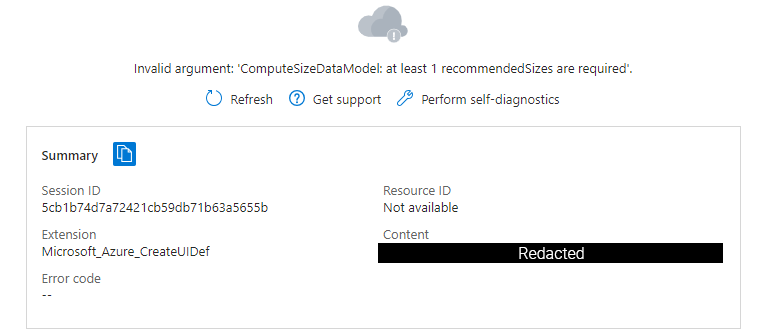Start building Microsoft Marketplace Applications with creative flair—no code required
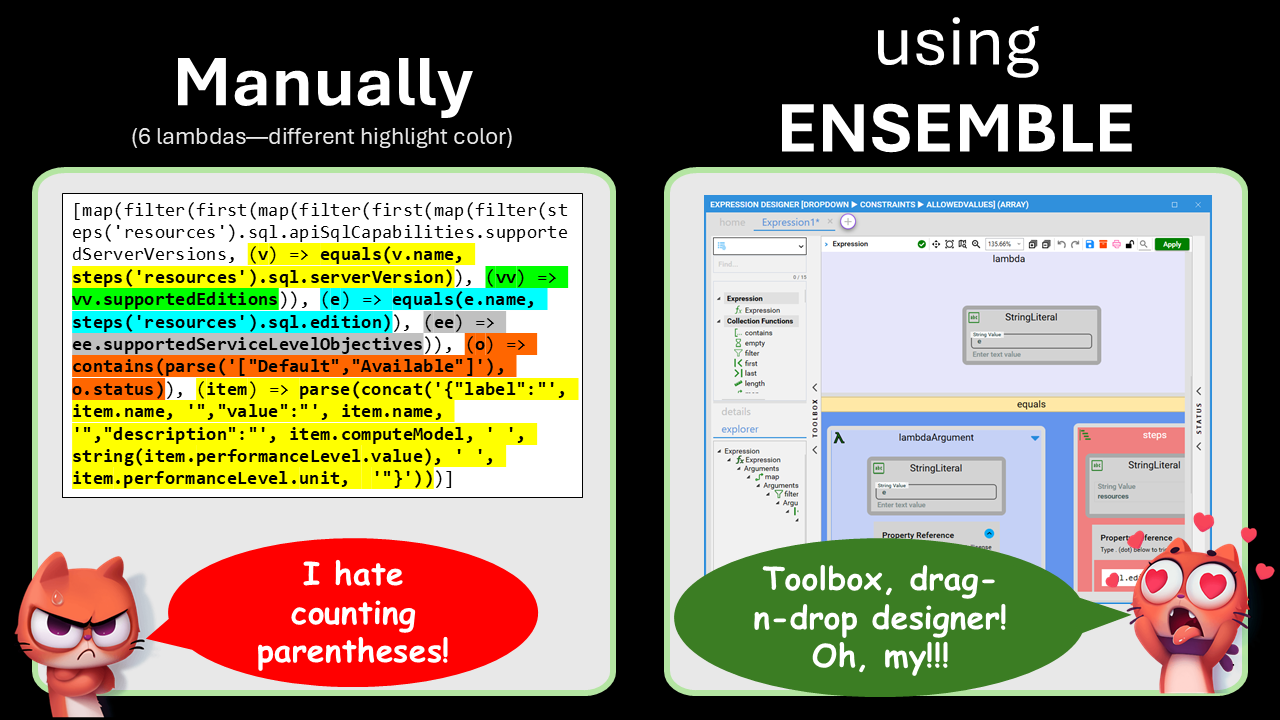

Reach your customers faster and at a much lower cost, start focusing on increasing your ROI instead of technical issues.
Start targeting your customers in any geography by their native language in minutes.
Don't start from scratch. There is a quickstart template for any key scenario, and with our conversational AI, you can build anything.
Stop wasting time chasing down technical issues. Using Maestro Studio ENSEMBLE, your offer is guaranteed to be error-free before you publish.
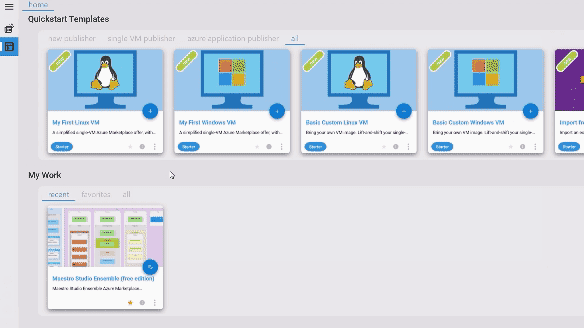

ISVs/GISVs can create Technical Assets (custom UI & pre-built ARM Templates) to publish their software solutions to the Microsoft Marketplace as Azure Applications (Solution Templates or Managed Apps) or internally to Service Catalog
MSPs can easily and quickly create Technical Assets for the publishing & support of their customers' products as Azure Applications
SIs and GSIs can easily and quickly create Technical Assets so they can build & deploy customers' Azure Applications to the Microsoft Marketplace
The easiest way to get started in Azure: Enjoy a hands-free experience where you're in control and let Maestro Studio AI build the technical artifacts for you, in seconds! Watch Demo
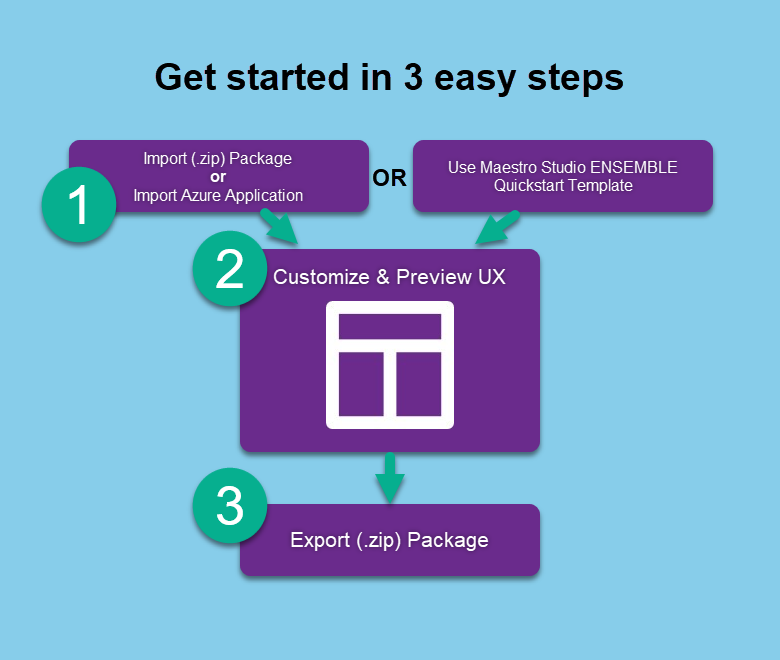

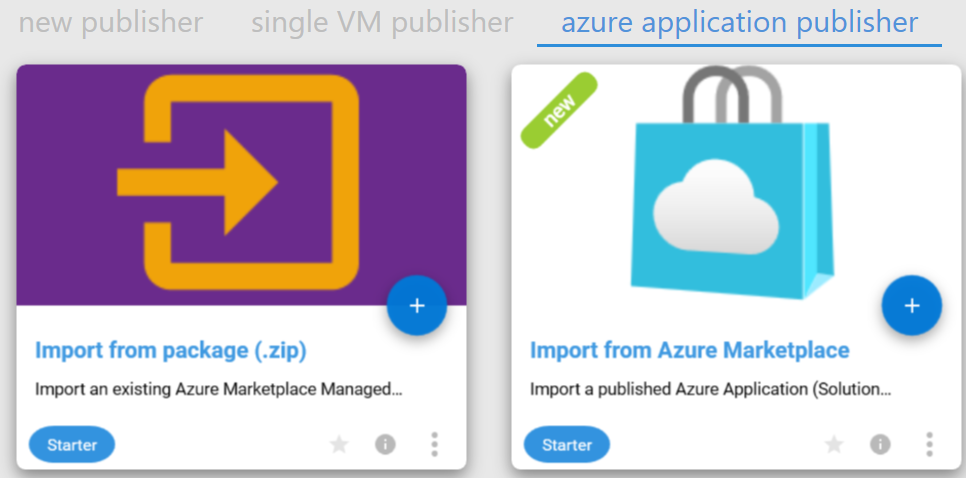
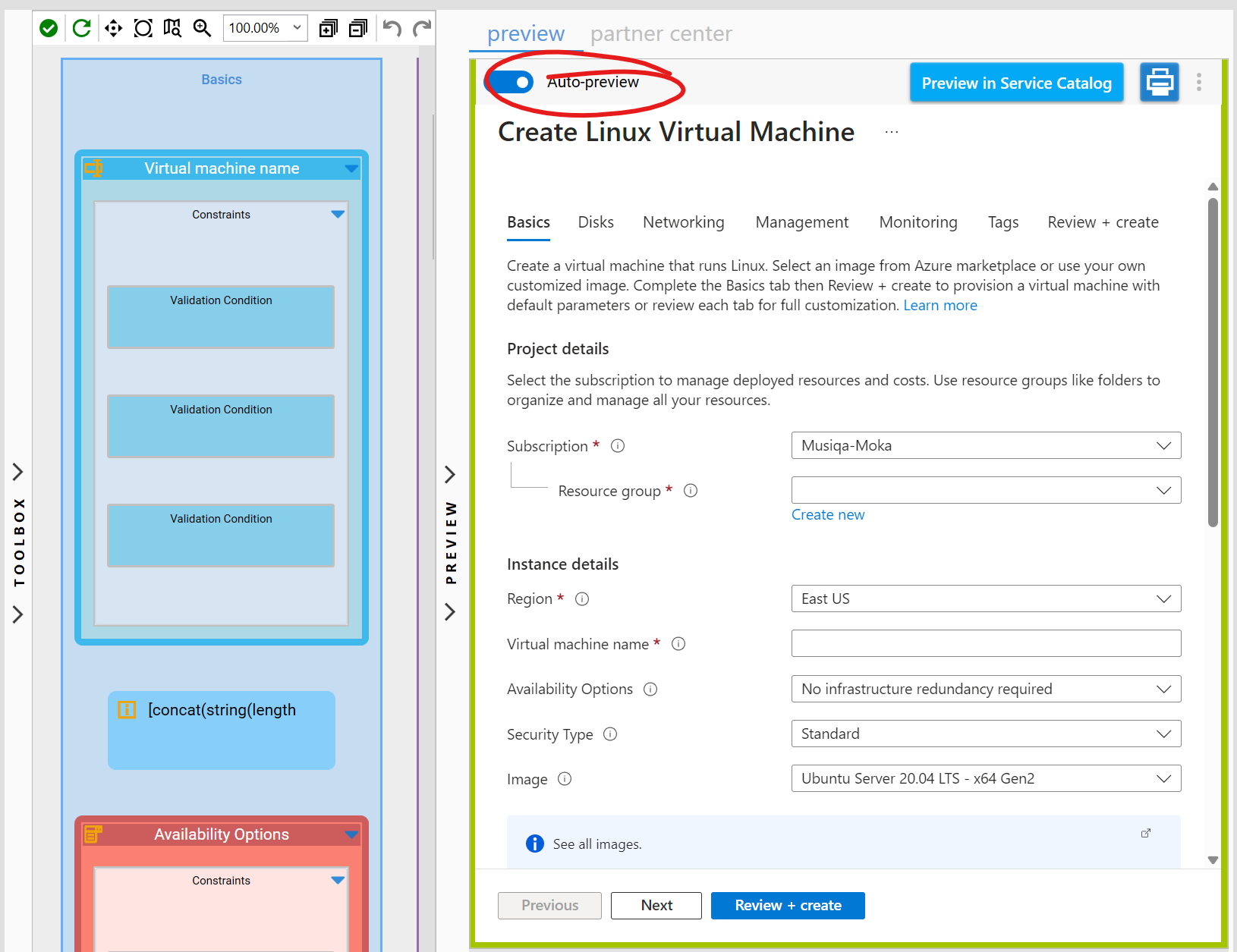
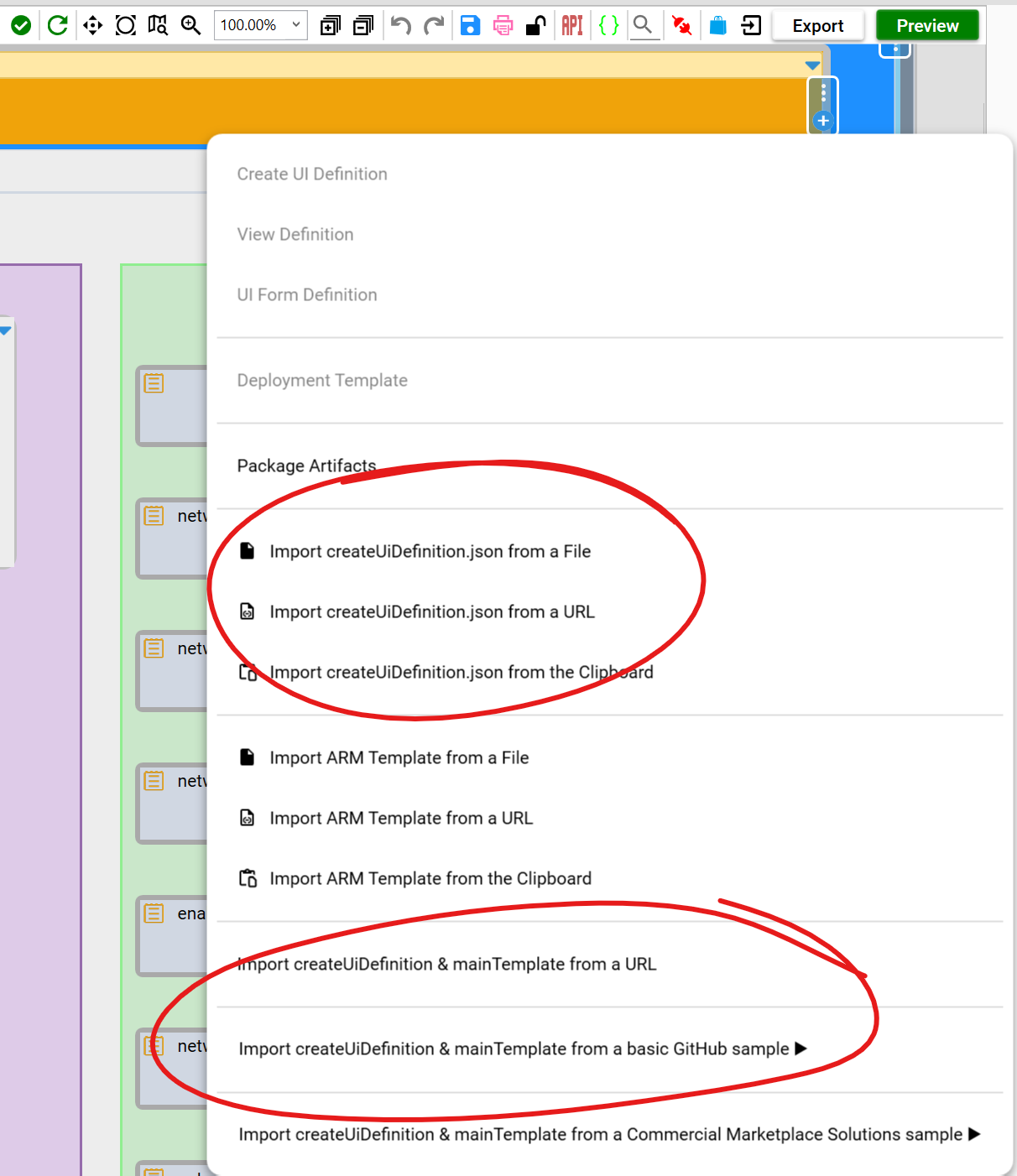
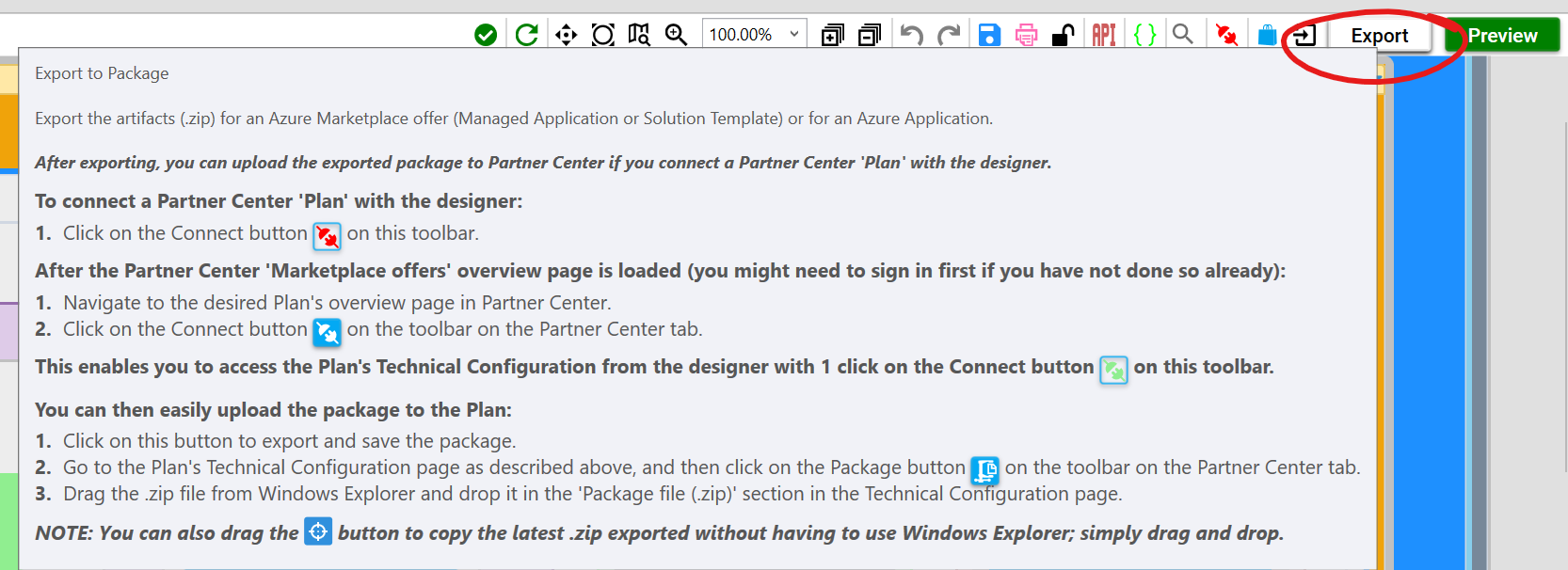
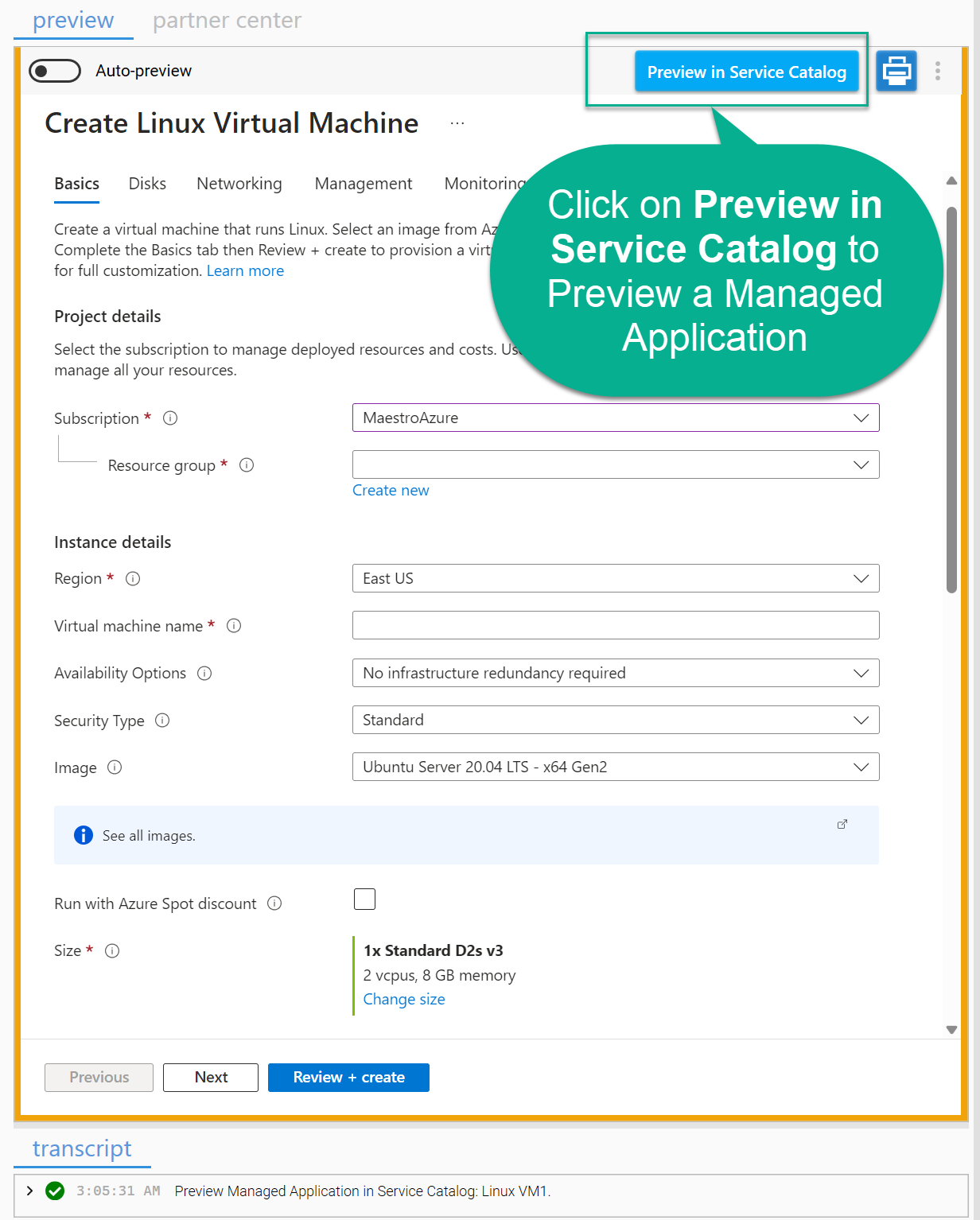
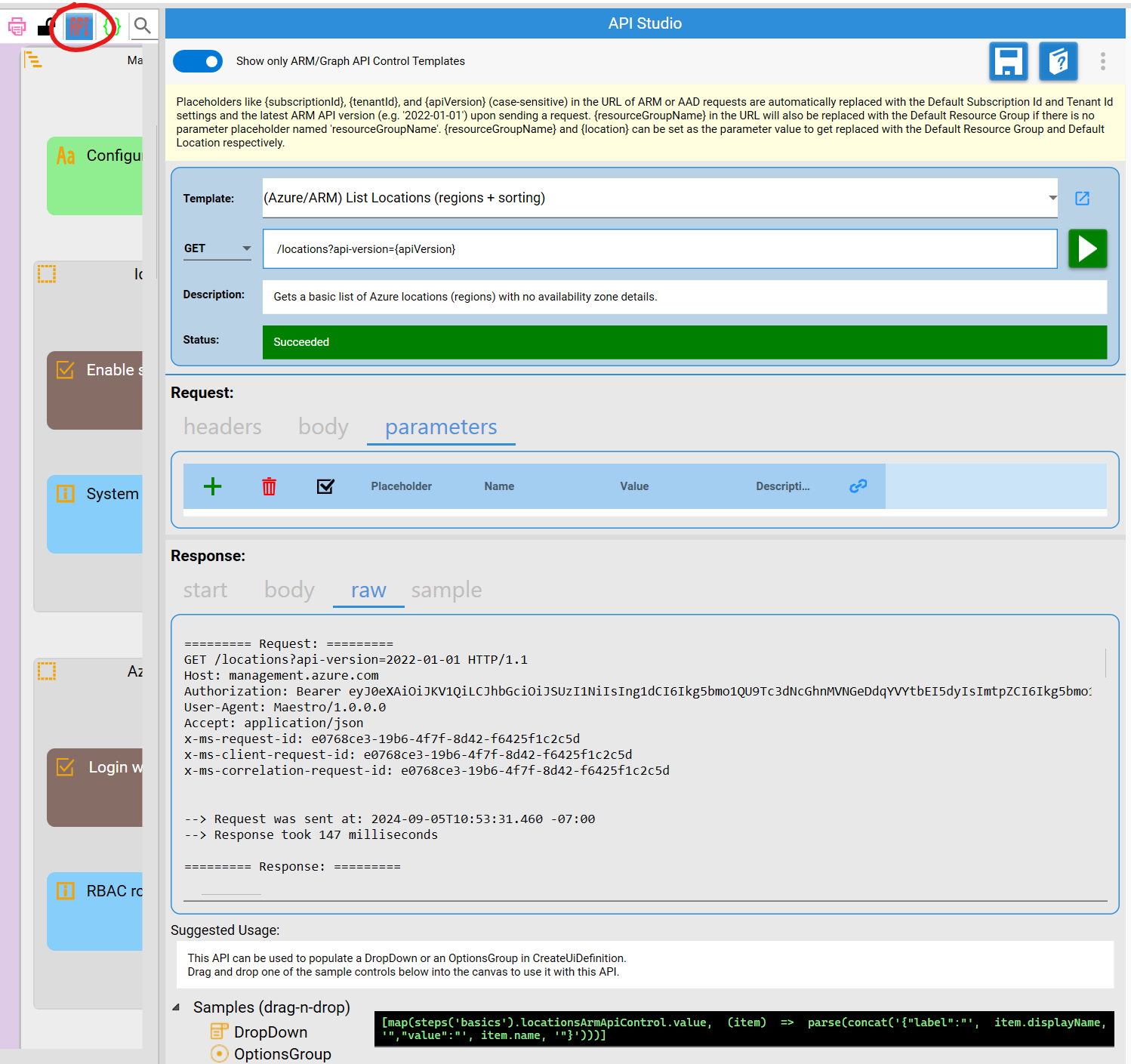
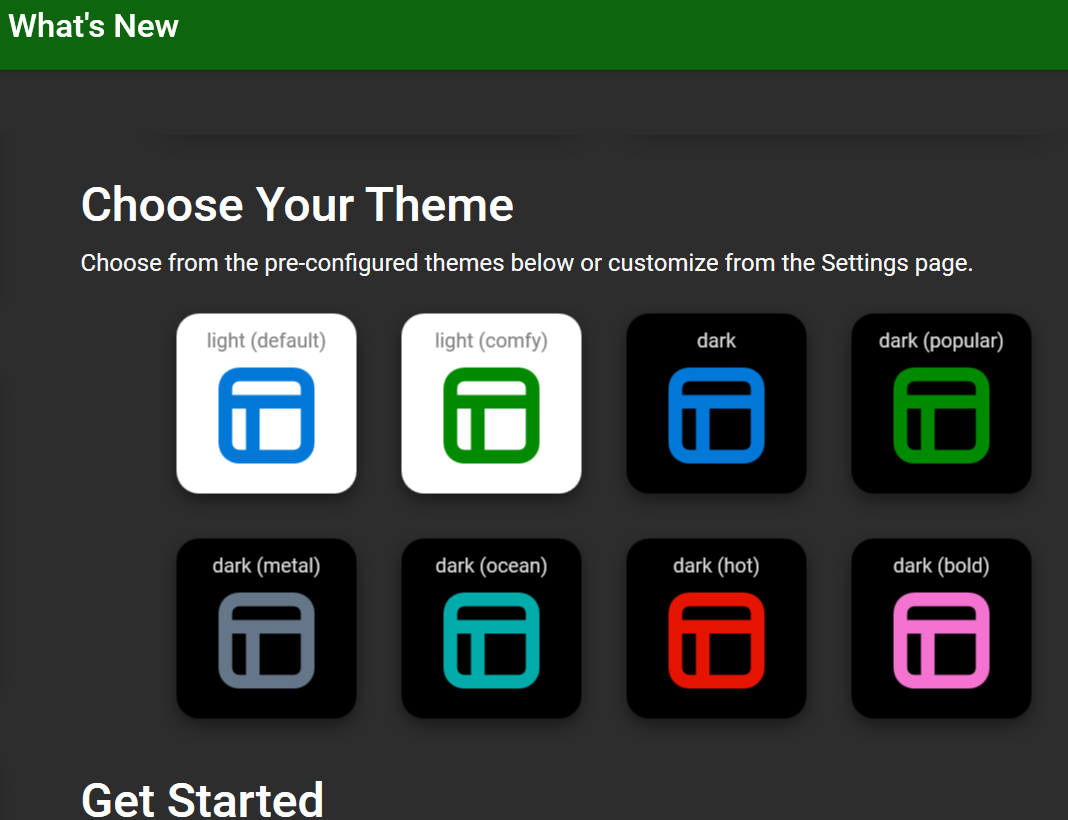
At least 3 tools are needed: a JSON editor, validation script(s) and the Create UI Definition sandbox, in addition to constantly browsing through the online documentation.
The best IDEs (e.g. VS Code, VS 2022) still require manual editing of JSON files. Intellisense is based on createUiDefinition's JSON schemas, which are incomplete & outdated.
Based on our personal experience and on feedback from current publishers, the average length of time it takes to code, test and package createUiDefinition.json files, is about 3-6 months!
The CUID sandbox's error messages for mistakes in the JSON, especially expressions, can be very cryptic and hard to troubleshoot to decipher where the root cause is.
Once done editing JSON files, it is required to run PowerShell validation scripts (arm-ttk) to ensure compliance with the Microsoft Marketplace's recommended best practices. arm-ttk does not validate expressions and fails or produces incorrect output when analyzing non-trivial CUID or ARM Template JSON files.
Outdated JSON schemas coupled with the archaic nature of editing JSON mean that even well-formed JSON files can still result in errors when previewing in the CUID sandbox.
It is extremely difficult to go about composing CUID files without relying heavily on the CUID documentation, especially when composing expressions.
You still need to create the Azure Resource Manager (ARM) Templates that orchestrate the deployment—not an easy process.
Using Maestro Studio AI embedded in Maestro Studio ENSEMBLE, you can leverage Conversational AI to describe what your solution needs to look like in Azure and let Maestro Studio AI generate the technical artifacts (ARM, UI definition)—completely hands-free.
Use Maestro Studio ENSEMBLE's no-code, drag-and-drop IDE to compose, edit, test, preview and package createUiDefinition.json files for Managed Application or Solution Template offers.
No prior experience with the JSON format is needed; just drag-and-drop and type text where needed. The IDE validates in real-time against up-to-date rules.
It will take minutes when using our Quickstart templates. It is likely that much more time will be spent on the non-technical artifacts of the Marketplace offer.
A special CUID sandbox is embedded in Maestro Studio ENSEMBLE along with an auto-preview feature to allow viewing the results of any changes made on-the-fly, in real-time. The preview shows exactly how the UI will look in the Microsoft Marketplace.
Validation starts the second a CUID file is imported or created from an existing template. There is no need to remember to do it after the fact or run any tools. The CUID validation test cases that arm-ttk implements are automatically included in ENSEMBLE.
ENSEMBLE ensures that your CUID file is always valid, even at the embedded expression level, using real-time validation and just-in-time (JIT) evaluation of expressions.
ENSEMBLE enables end-to-end testing of the custom UI + ARM template before publishing to the Microsoft Marketplace.
While unlikely to be needed, Maestro Studio ENSEMBLE contains a version of the CUID docs with annotations of some UI controls and functions that have undocumented behaviors. There is also documentation of currently undocumented UI functions.
The built-in Language Extension enables turning any Azure Application multilingual in minutes.
ENSEMBLE imports existing createUiDefinition files and builds a visual representation of them in the Designer 'on the fly'. Current single-VM publishers can lift-and-shift their VM from Azure's stock, non-customizable single-VM UI into an Azure Application with a UI that they own and can easily customize.
ENSEMBLE's Visual Expressions Designer allows creating UI expressions easily without having to remember the syntax or do trial-and-error.
ENSEMBLE is equipped with a powerful API tool for composing ARM and MS Graph APIs. It comes with many built-in API templates and allows dragging and dropping API definitions as ARM API Controls.
ENSEMBLE provides a real-time preview of a Managed Application's UI and ARM Template changes directly in Service Catalog. This allows for much faster iterations than the slow turnaround time of publishing to staging (preview).
Because the designer is drag-n-drop with built-in on-the-fly UI validations, and just-in-time evaluation and validation of UI expressions, one can still be productive even if completely disconnected from the internet.
There are no restrictions or limits on how many Azure Applications you can create. Build as many as you want or need.
ENSEMBLE includes many other features, like importing CUID files from a file, a URL (GitHub for example), or the clipboard straight into the design canvas. Links to popular Azure templates published by Microsoft on GitHub are included to allow single-click import into the designer.
We know that some ENSEMBLE users might need additional help, specifically in building or customizing their ARM Templates, and we offer that help as part of our technical support.
You can bring your own ARM Templates and end-to-end test them with the CUID or you can use the built-in ARM Templates provided with every ENSEMBLE template.
